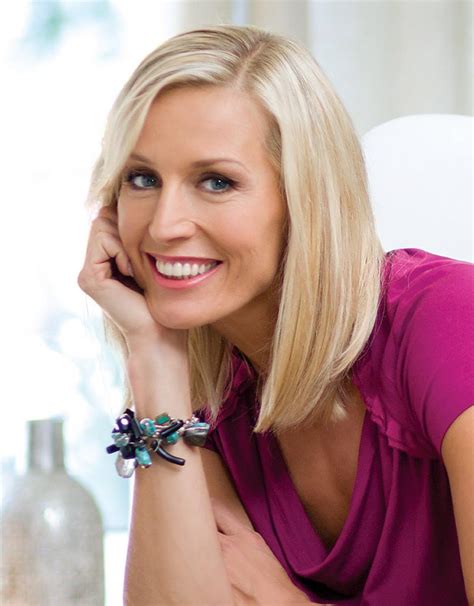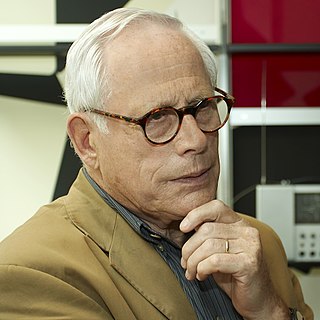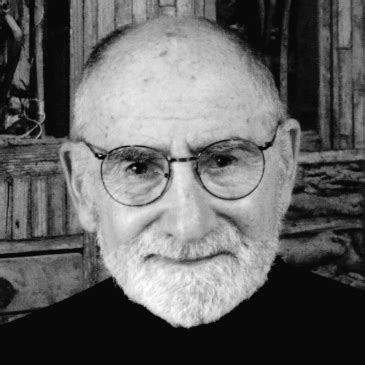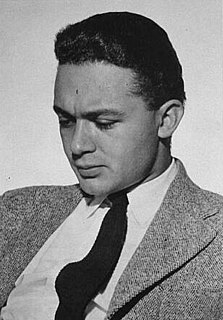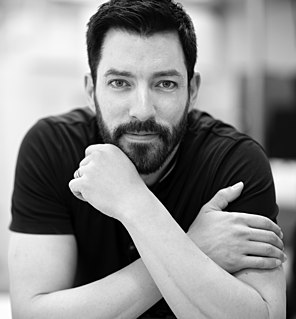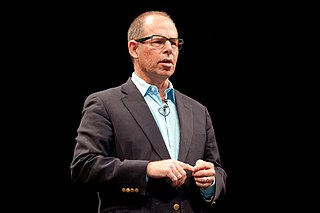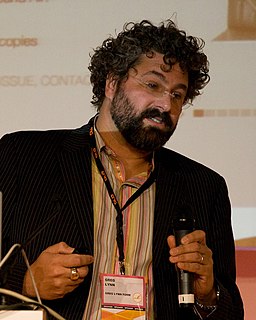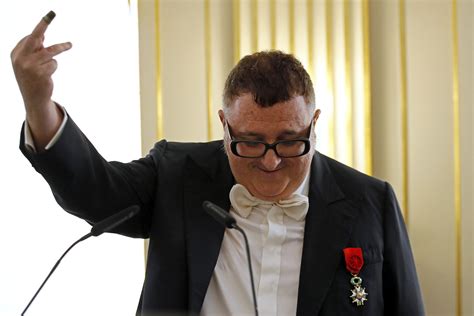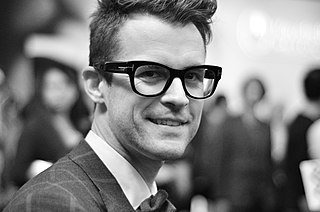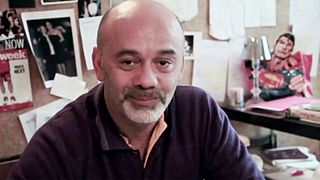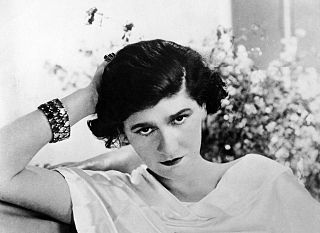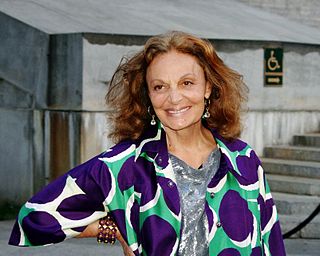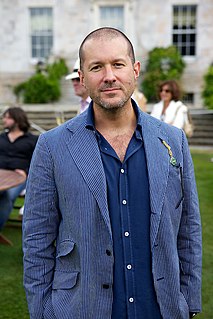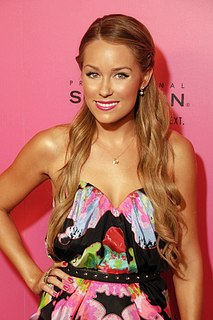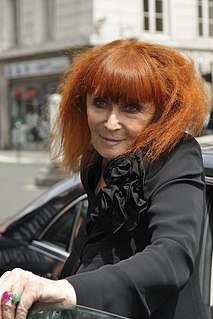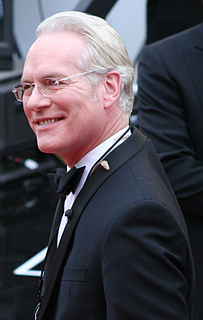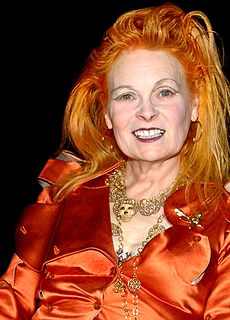A Quote by Candice Olson
I simply love classic design when it's reinterpreted. These collections reflect the spirit of this design philosophy; clean pared down lines and forms rooted in tradition yet made to feel new and modern with unexpected or stylized scale, finishes and detailing. This contemporary take on tradition creates a look that's at once current yet timeless, fresh yet familiar…the essence of both beautiful design and a beautifully designed home.
Quote Topics
Related Quotes
Good design is innovative
2. Good design makes a product useful
3. Good design is aesthetic
4. Good design makes a product understandable
5. Good design is unobtrusive
6. Good design is honest
7. Good design is long-lasting
8. Good design is thorough, down to the last detail
9. Good design is environmentally friendly
10. Good design is as little design as possible
The most common misperception is the word 'design'. People think of primarily pretty pictures or forms. They don't understand the depth to which design goes-not only in products, but in every aspect of our life. Whether it is the design of a program, a product or some form of communication, we are living in a world that's totally designed. Somebody made a decision about everything. And it was a design decision.
When we think of design, we usually imagine things that are chosen because they are designed. Vases or comic books or architecture... It turns out, though, that most of what we make or design is actually aimed at a public that is there for something else. The design is important, but the design is not the point. Call it "public design"... Public design is for individuals who have to fill out our tax form, interact with our website or check into our hotel room despite the way it's designed, not because of it.
Design is about creating spaces for people to enjoy and of course, creating moments where you elevate the spirit, but 'design for good' is figuring out a program that not only creates better spaces, but creates jobs, creates new industry and really kind of raises the conversation about how we rebuild.
Design is a field of concern, response, and enquiry as often as decision and consequence... it is convenient to group design into three simple categories, though the distinctions are in no way absolute, nor are they always so described: product design (things), environment design (places) and communication design (messages).
Certain kinds of typeface design and typographic design are designed to persuade: we can make this company look modern if we use a crisp sans serif typeface, or we can make this restaurant look like its been around forever if we use typefaces and layout styles that have been around forever too. But there are other categories, and ballot design is one of them, where the goal should be to be purely functional. There have been notable failures in this category.
To go back to architecture, what's organic about architecture as a field, unlike product design, is this whole issue of holism and of monumentality is really our realm. Like, we have to design things which are coherent as a single object, but also break down into small rooms and have an identity of both the big scale and the small scale.
To go back to architecture, whats organic about architecture as a field, unlike product design, is this whole issue of holism and of monumentality is really our realm. Like, we have to design things which are coherent as a single object, but also break down into small rooms and have an identity of both the big scale and the small scale.
